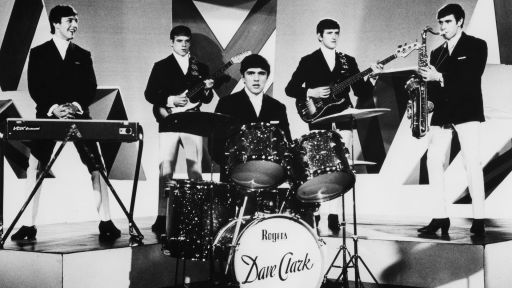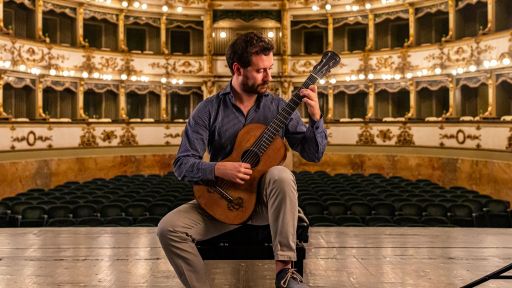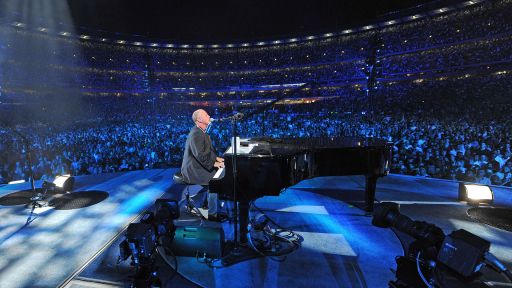Scott Yoo travels to Chicago to learn about the music that shaped Brazilian composer Sergio Assad. Assad explains the history of samba, and how it was musically influenced by Portugal, Africa, and Brazil.
Features

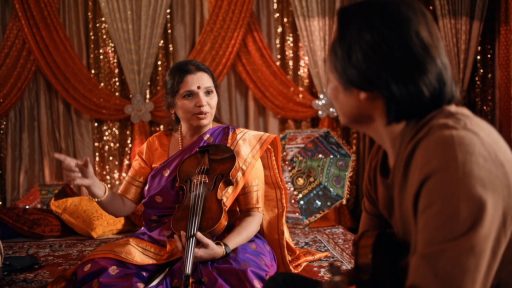
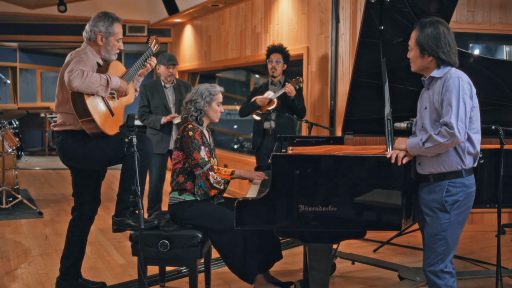
[Singing in Portuguese]. Hey, that was great.
Thank you.
What was that?
This song was called Se Você Jurar, which in English means, 'If you swear to be good to me.' And it was a samba.
A samba. So what is a samba?
Samba is just a syncopated rhythm that was brought from Africa to Brazil.
And we can give an example. Let's do it. Three, four... ♪♪♪ It's kind of the exact opposite of a march, isn't it? I mean, all of the strong beats are not represented.
Yes, it's true, I think. That's what is very difficult for foreigners to follow, because they can't feel the downbeats. It never really gets there.
Right, right. And even the percussion's not really playing the downbeats much, right?
No. It's very much all in the air. Can you play that?
♪♪♪ He's playing everywhere but the ... Yeah. That's right.
That's incredible. So, you have to be a good accountant to play that kind of music.
(laughter) Where did that come from? Where did the samba come from?
It comes from another dance that was called maxixe.
Maxixe. It sounds Indian.
Yeah, but it's Brazilian.
(laughs) So that evolved actually from the Batuki, that was the rhythm played by the slaves, and the influence of European dances.
When the Court of Portugal moved to Brazil, this merge started to happen.
Through the 19th century.
So, maxixe is Portugal plus African slaves.
That's right.
Can I hear that?
A maxixe.
♪♪♪
You May Also Like
